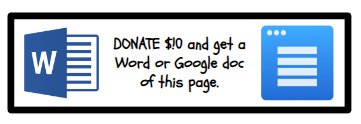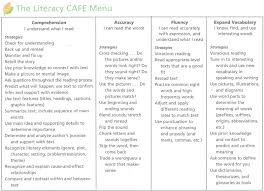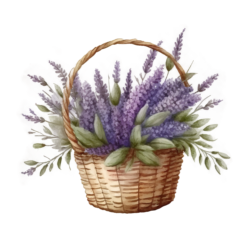


SCIENCE OF READING UPDATE: When teaching a child to read, you must teach them to sound out words and use decodable texts. PLEASE do NOT teach your child to read by using predictable books. Predictable books are the leveled books and go something like this: I like to dance. I like to climb. I like to hike. . . Children aren’t “reading” but guessing based on the pictures. Don’t encourage guessing! Words like dance, climb, and hike have advanced spelling patterns that young children haven’t been taught yet. Stick to decodable texts so your child can be introduced to phonics systematically and SOUND out words. DECODING the LETTERS is READING!
A faulty method of teaching reading is comprehension first, which involves having the child use context clues to read. However, the science of reading has taught us that children need phonics first—to look at the letters in words! When children are stuck, they need to sound it out!
Reading CAFE
An effective way to teach reading groups is following The Cafe Book by Gail Boushey and Joan Moser (2009). I strongly urge any teacher to read this book! Here is the generic teaching point menu that I found on Google Images:

Teachers can become a member of The Daily Cafe.
Daily 5 – Click for my Daily 5 overview.
You get access to CAFE menus broken down by grade level and aligned to the Common Core State Standards when you are a member!
For example, an accuracy strategy in grades K and 1 is to point to each word. A comprehension strategy is to do a picture walk before reading ~ and look at each picture to get an idea of the text.
You can get these TERRIFIC strategy cards that coincide with the CAFE for FREE! Google “Down Under Teacher Reading CAFE Strategy Cards,” or click HERE! As you teach each strategy, hang the card up! It makes a beautiful and effective year-round bulletin board! The author has some duplicate cards that reflect various dialects. Be sure to laminate these cards so they can last many years. 🙂
A sample “kick-off” schedule is as follows. MODEL the strategies first.
Day 1 ~ Comprehension Goal: Check for Understanding strategy. As students read, they constantly monitor the WHO and WHAT of the book after each page or paragraph. Accuracy Goal: Cross-Checking. Did I check the picture and letter sounds? Does what I am reading look right? Sound right? Make sense? Expand Vocabulary Goal: Tune Into Interesting Words. Find new words that you can use in speaking and writing.
Day 2 ~ Continue teaching, reviewing, referring to, and applying the previously taught strategies. Always refer to the GOAL (the goal is either C for comprehension, A for accuracy, F for fluency, or E for expanding vocabulary) and the STRATEGY (the teaching points under C, A, F, E) you are using so the children can begin to “own” them. Comprehension Goal: Back Up and Reread. Monitor your reading and know when to stop when the text makes no sense.
Day 3-6 ~ Teach Fluency Goal: Read Good Fit Books—Model reading the right level book for the proper purpose.
Day 7-11 ~ Comprehension Goal: Monitor and Fix-Up. Monitor your reading, ask yourself questions, summarize, adjust the rate, reread, read on, and skim/scan. Fluency Goal: Voracious Reading as it relates to fluency. Read more books at your level! Keep reading! Expand Vocabulary Goal: Voracious Reading as it relates to vocabulary. The more you read, the more words you will learn! Continue to teach, review, refer to, and apply the previously taught strategies.
Day 12-16 ~ Comprehension Goal: Use Prior Knowledge to Connect With Text. Flip through the text. What do you already know about the topic, author, or genre that can help you understand? Then, continue to teach, review, refer to, and apply the previously taught strategies.
Day 17-21 ~ Comprehension Goal: Make a mental picture or image. Use sensory images to make a movie in your mind. Continue to teach, review, refer to, and apply the previously taught strategies.
Day 22—Through the end of the year, continue to teach, review, refer to, and apply the previously taught strategies. Look closely at individual assessments to see what each student needs. Continue pulling strategies from your CAFE menu to teach, as well! There are MANY teaching points under each goal.
09/11/2012
Edited on 03/18/2024
Reference
Boushey, Gail, and Joan Moser. The Cafe Book, Engaging All Students in Daily Literacy Assessment and Instruction. Portland: Stenhouse Publishers, 2009.
Copyscape alerts me to duplicate content. Please respect my work.

![]()

